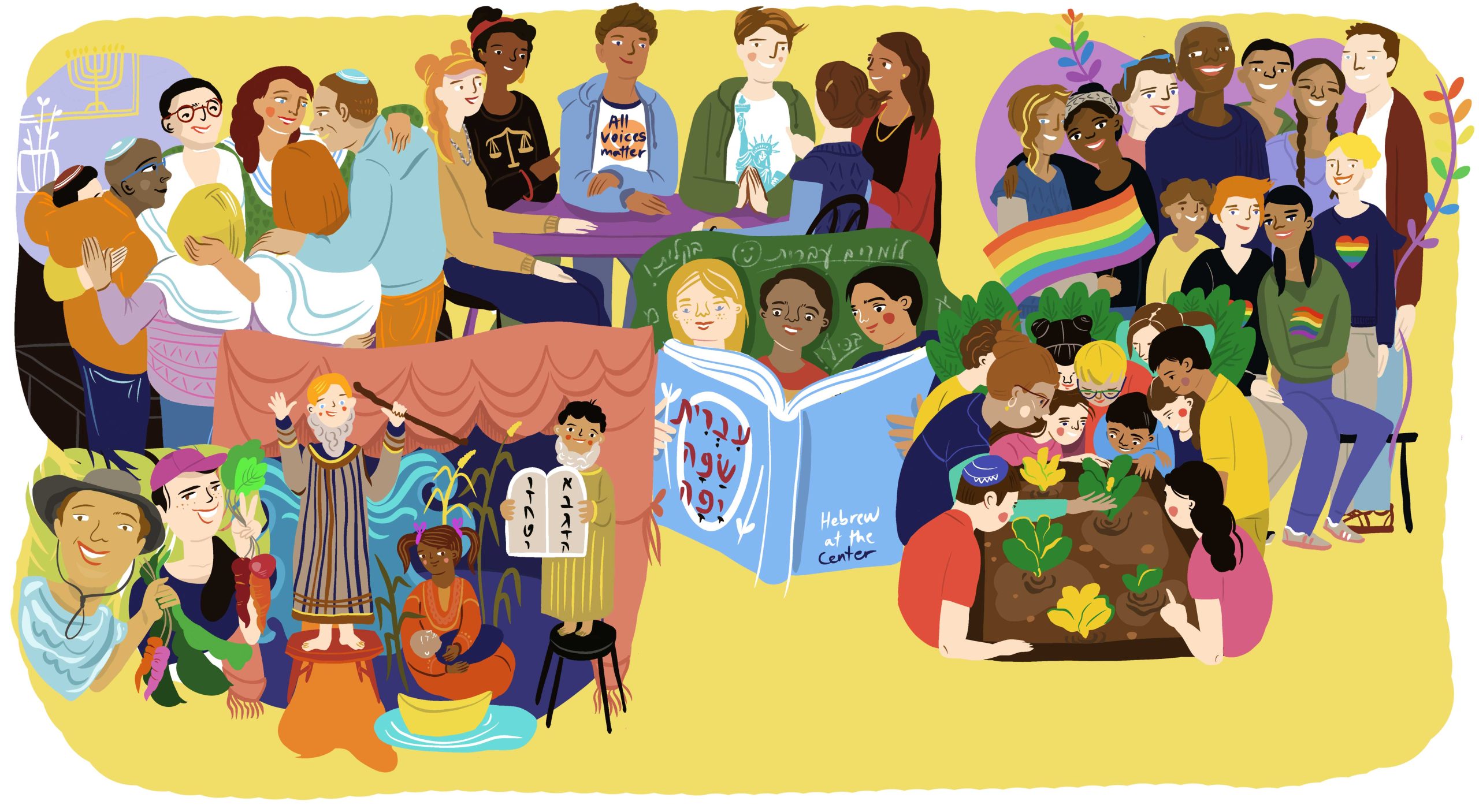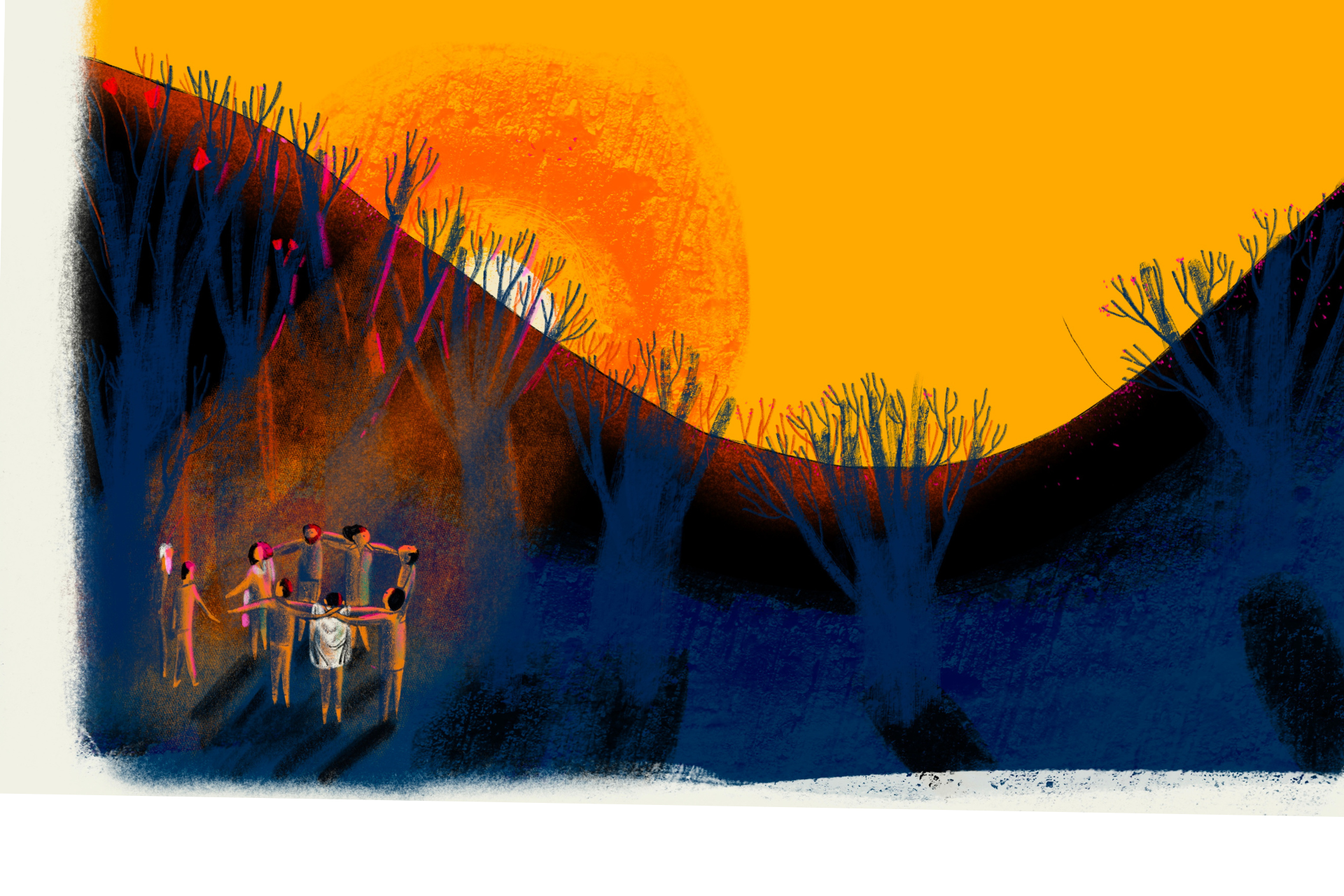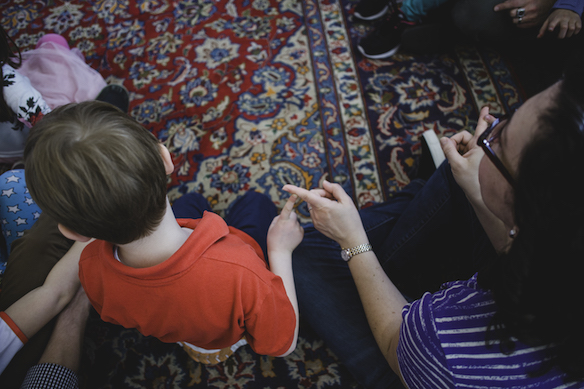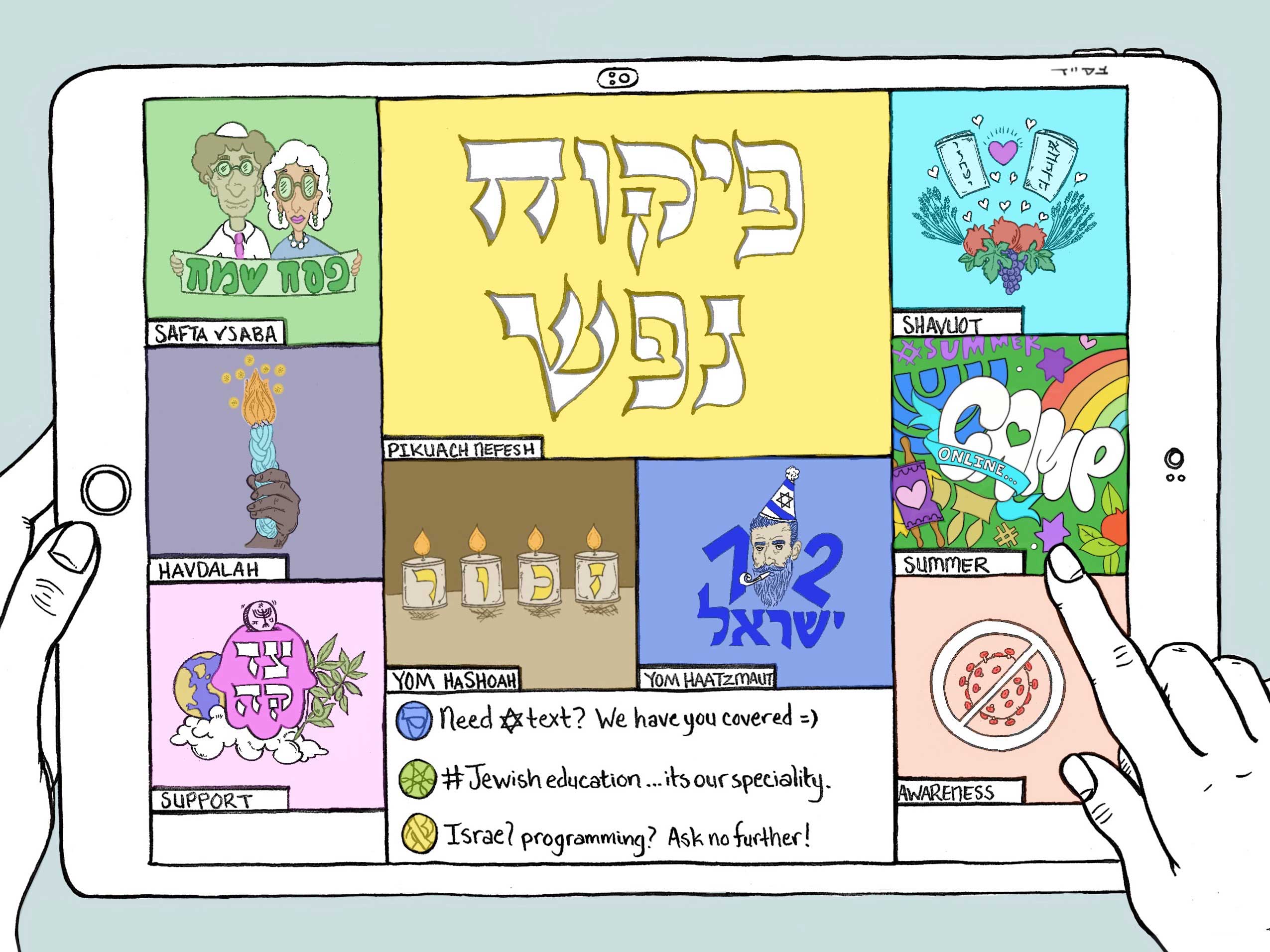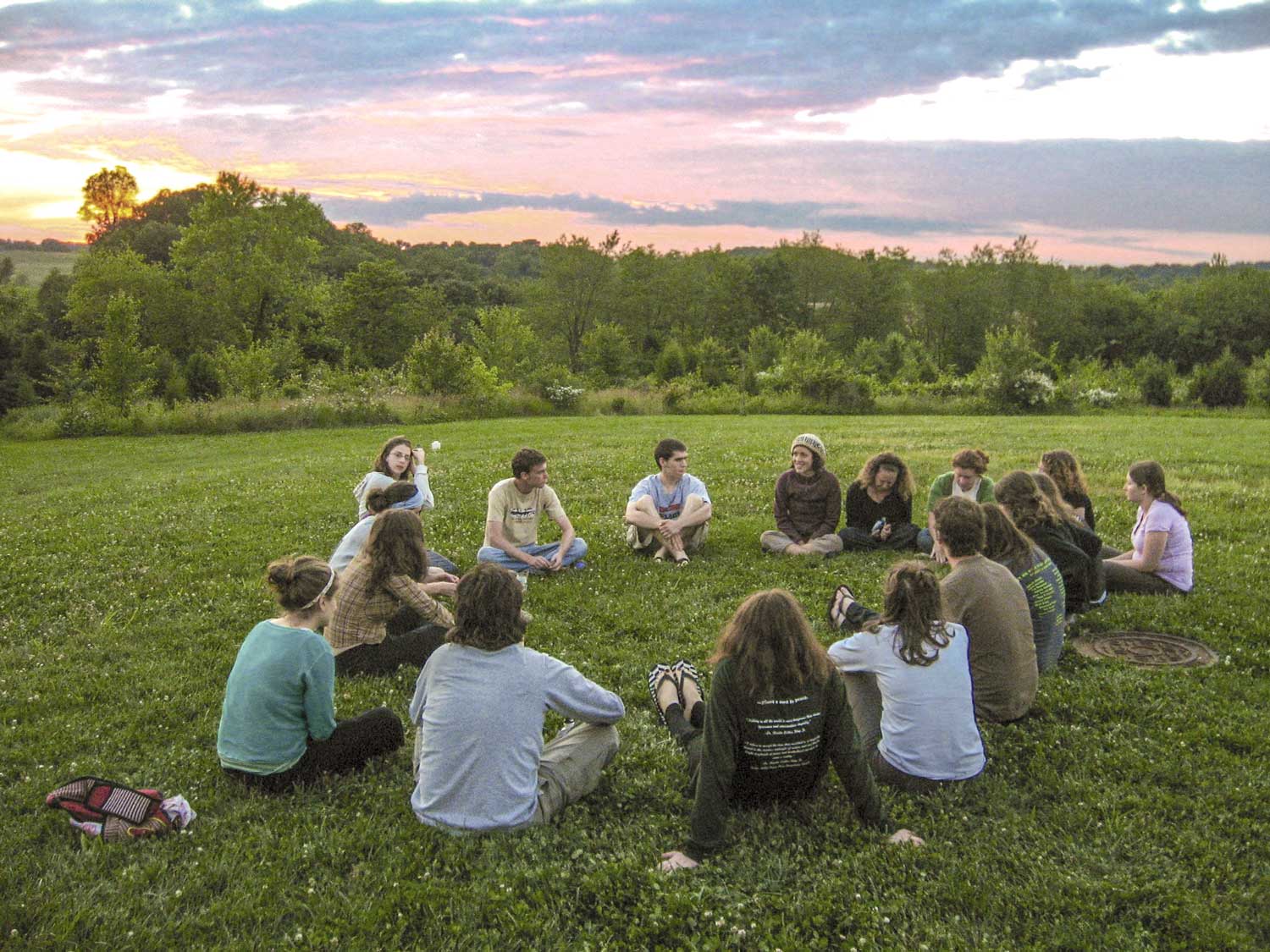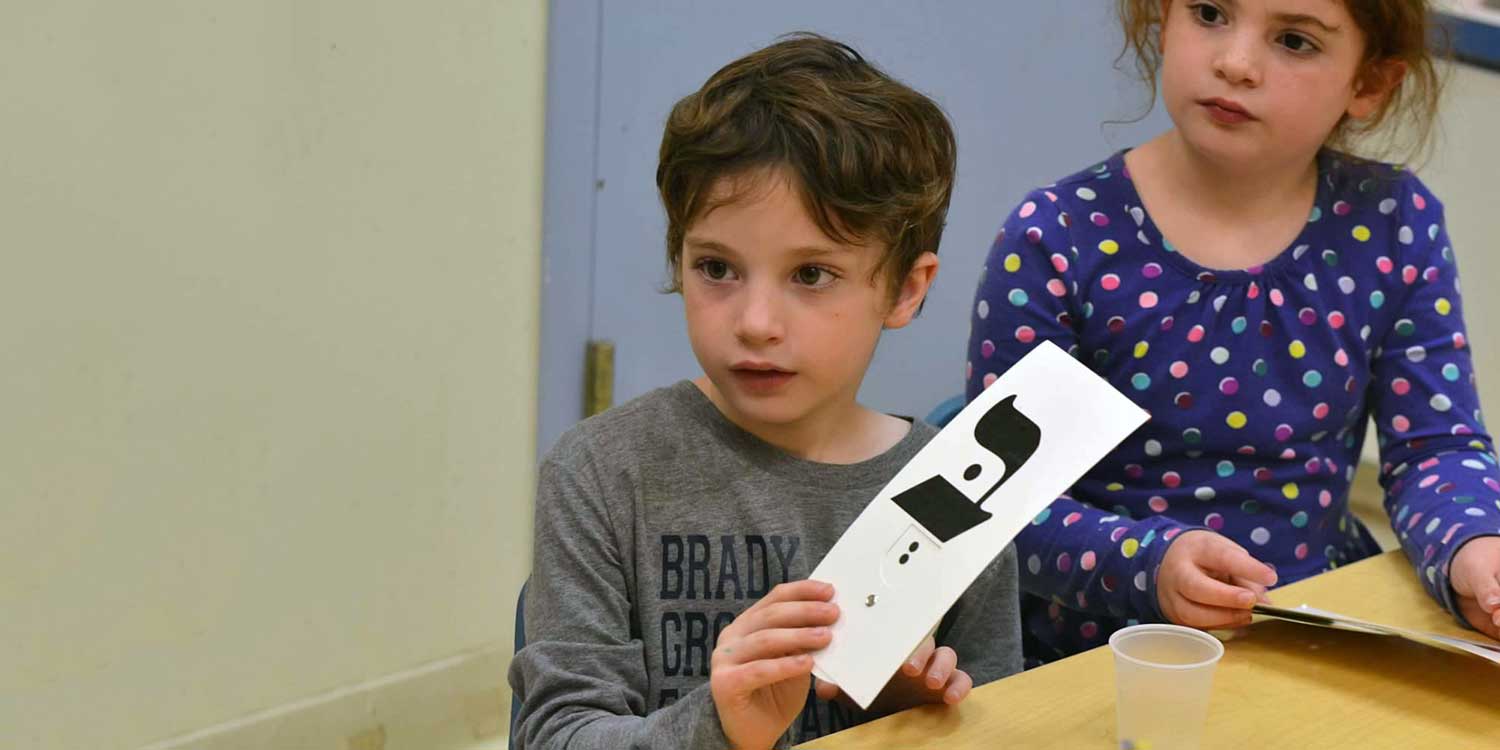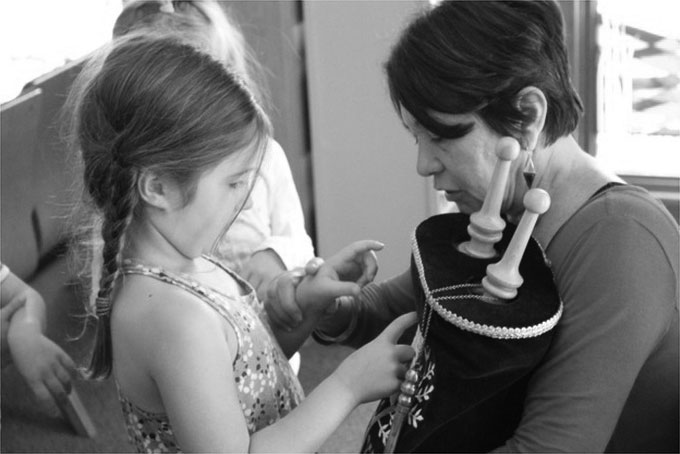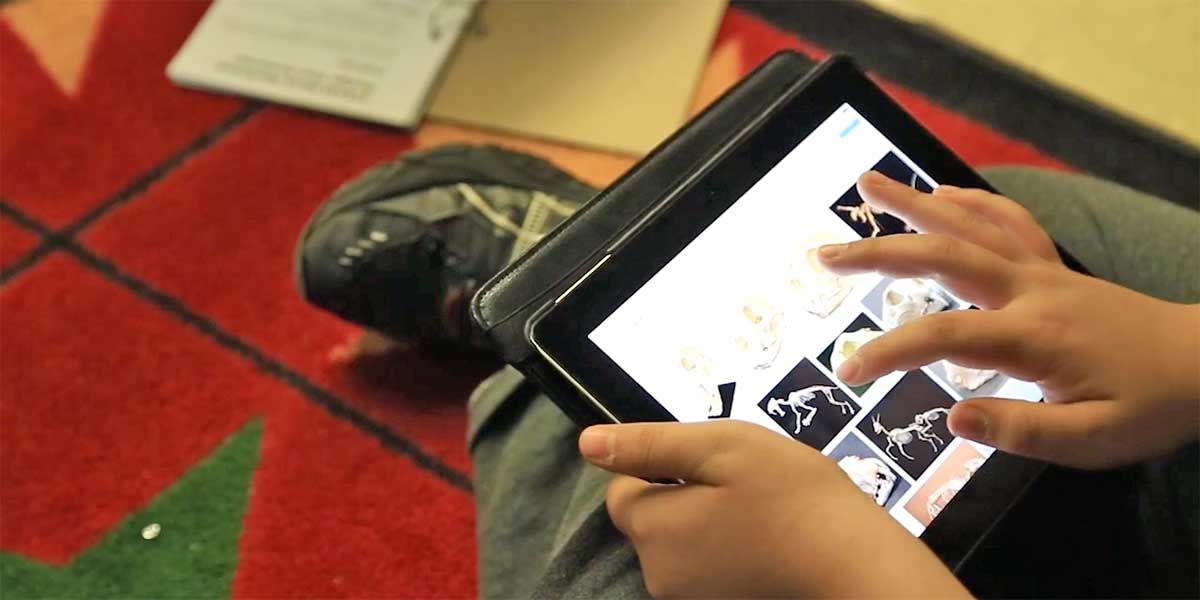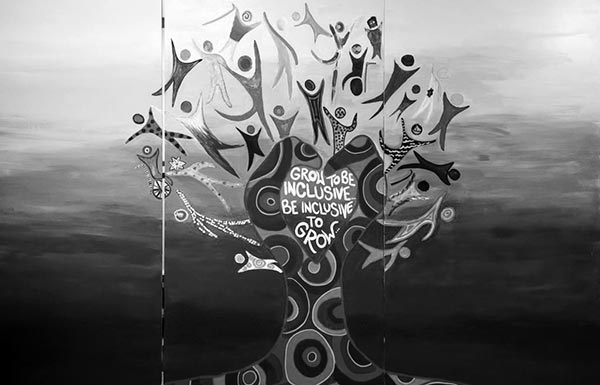
ARTICLE Sight Line at 25: A Catalyst for Jewish Ideas
In 2014, Harlene Appelman, the Executive Director of The Covenant Foundation, realized that there was more the Foundation could do to spotlight Covenant grantees and add value to the field of Jewish education. Two grant sustainability and impact studies that took stock of Covenant grants had been published as internal documents in 2006 and 2007, and Appelman wanted to make those studies –and the lessons they contained-- accessible to everyone.
“We wanted to create a platform where grants could be showcased in a way that would allow practitioners to understand how they fit into the broader scope of Jewish education,” Appelman said.
The idea of launching an online journal took hold. Appelman knew that by presenting the stories of Covenant grants in a visually appealing and interactive way, the Foundation could take an effective approach to thought leadership while also embedding the grants into the Jewish education ecosystem. To make the platform palatable, she added, it had to include great artwork and photography, interesting video clips and opportunities for reader engagement. And so, Sight Line was born.
Now, 25 issues later, the journal has evolved but its central purposes remains the same: to shine a light on excellent, innovative work and to be accessible to anyone working in Jewish education, from first year classroom teachers to organization executives.
Upon reflection, Appelman noted that Sight Line’s success has been due in part to its flexible format, which has allowed the Foundation to incorporate new and exciting ideas into each addition, like original artwork, interactive graphics, and a grants filter.
“In a way, Sight Line has become a window into the creativity that is flourishing in the field of Jewish education—across all sectors,” Appelman said. Indeed, over the past 24 issues, the journal has featured over 40 Covenant Award recipients and just as many grantees, with close to 30 articles on the topics of Arts in Jewish education, 28 on Social Justice, 22 on Early Childhood and a dozen on the topic of Inclusion. With multiple features on teens, technology and professional development too, the journal offers a cornucopia of topics in its archive, all available to readers in perpetuity.
Looking ahead, Appelman hopes to incorporate more interactive features into Sight Line, perhaps by using articles as a springboard for live panels, conversations or podcasts.
“Sight Line has been and should remain a catalyst for Jewish ideas,” she said.

Slingshot: Covenant Grantees Are Among Most Innovative Jewish Organizations
999

Three Jewish Educators Honored at 2016 Covenant Award and 25th Anniversary Ceremony
998

